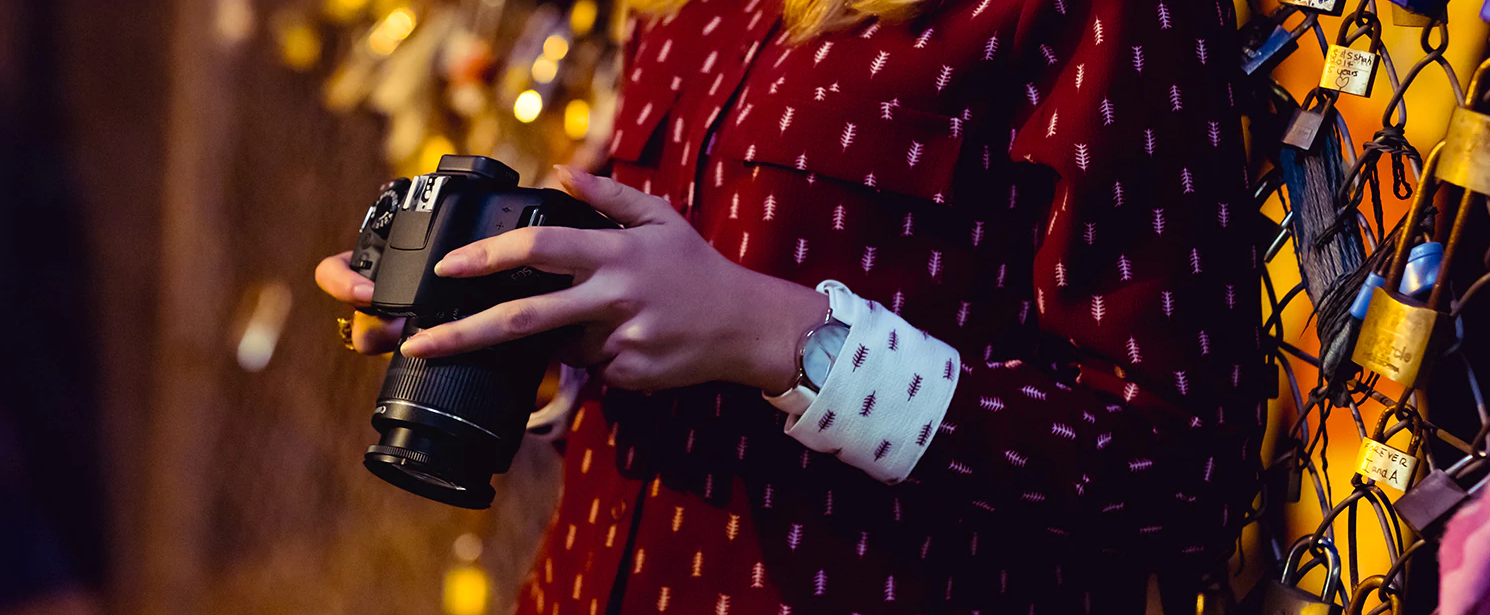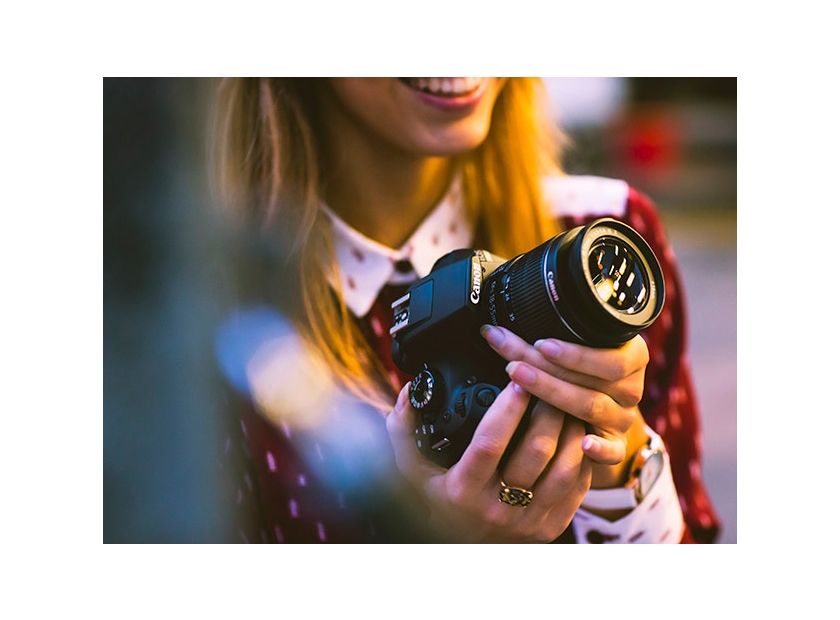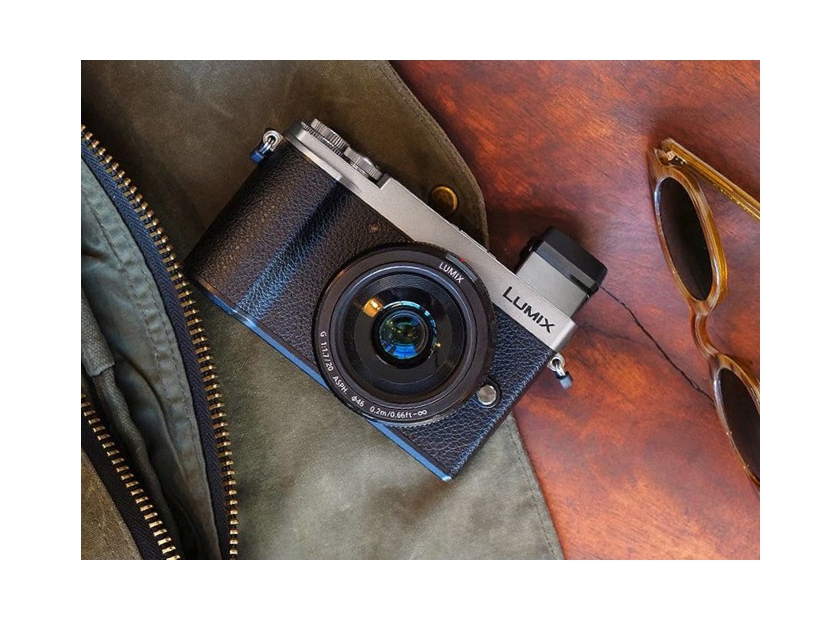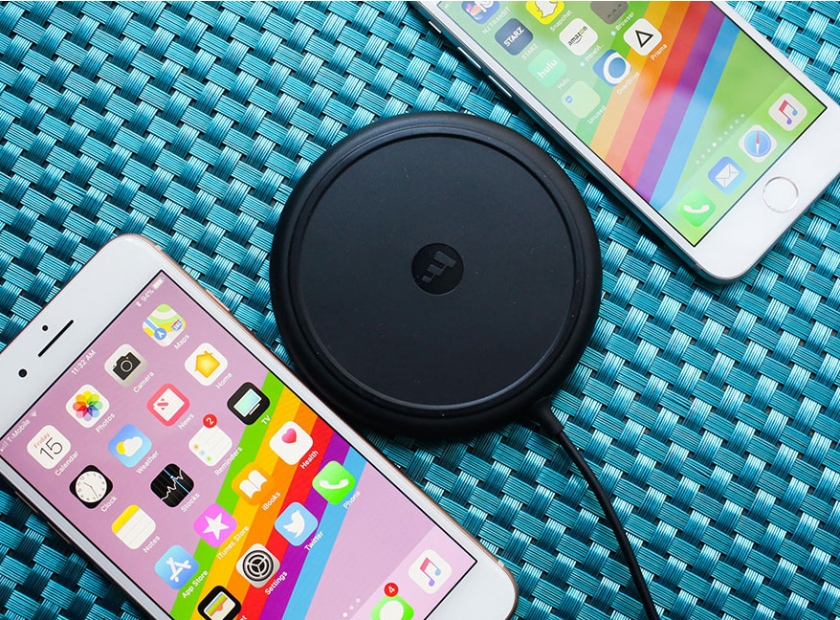Vi opsamler cookies til at gøre oplevelsen bedre. Når du benytter vores website, giver du samtykke til anvendelsen af cookies. Læs mere.
Hightech
-
Posted: November 17, 2021Categories: HightechLæs mere
"For International Women's Day, Canon..." as I read the subject line of the email, I cringe at the possible endings to that sentence.
Not outside the realm of possibilities is something like, "Releases Commemorative Pink Camera Strap!" In 2018 I think we're better than that. Probably. I keep reading.
"...Lends Support to 'Women Photograph'" is how it ends, and I feel a real sense of relief. This was an organization I knew and had covered in the past. It aims to 'elevate the voices of female visual journalists,' offering an additional resource for editors as well as grants and workshops for female photographers. I read on.
"Canon will work with Women Photograph to aid their travel grant program which funds female and non-binary photographers to attend workshops, hostile environment trainings, festivals, and other developmental opportunities."

If you're a brand looking to grab
-
Posted: November 17, 2021Categories: HightechLæs mere
The Panasonic Lumix DC-GX9 is a rangefinder-style Micro Four Thirds camera whose most recognizable feature is its tilting electronic viewfinder. The GX9 provides a healthy serving of new features and performance improvements over its predecessor, the GX8.
The most notable changes include the removal of the low-pass filter on the GX9's 20MP sensor, 5-axis in-body image stabilization (up from 4-axis), slightly faster burst shooting and Bluetooth connectivity. The shutter unit has also been redesigned, with Panasonic claiming a 90% reduction in 'shutter shock' compared to the GX8. There's also a built-in flash - something the GX8 lacked - as well as some tweaks to image processing.
Panasonic appears to have rearranged their lineup a bit, with the GX9 serving more as a midrange model than its predecessors, sitting alongside the DSLR-style DMC-G85. The price has come down to $999 with a kit lens, compared to $1199 for the GX8's body alone. Alongside the price drop, some features
-
Posted: November 17, 2021Categories: HightechLæs mere
The Good The iPhone 8 offers wireless charging, lightning-fast performance and small but solid upgrades to its camera, screen and speakers. Its starting storage size is a roomy 64GB, double that of the iPhone 7.
The Bad This phone has the same pedestrian design, missing headphone jack and battery life as the iPhone 7 -- and no dual camera either. The iPhone 8 costs a bit more than baseline new iPhones in years past, and comes only in black, silver and a new shade of gold.
The Bottom Line The sensible, speedy iPhone 8 makes a nice upgrade to the iPhone 6S and earlier siblings, but we won't know until November how it compares to the much pricier iPhone X.
On Nov. 3, Apple will roll out its seductive sports car of a phone: the all-new, totally redesigned, edgy, giant-screened









